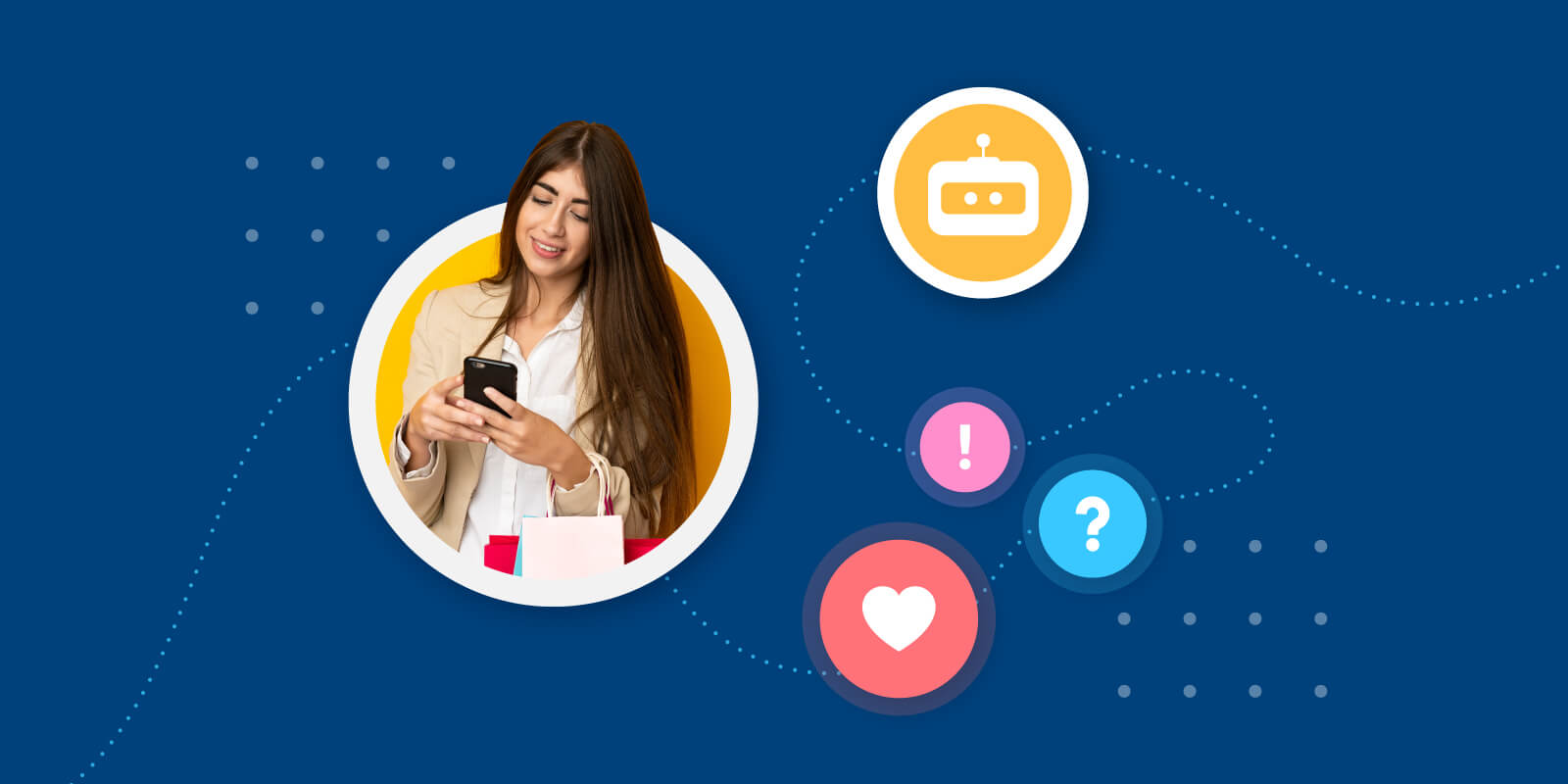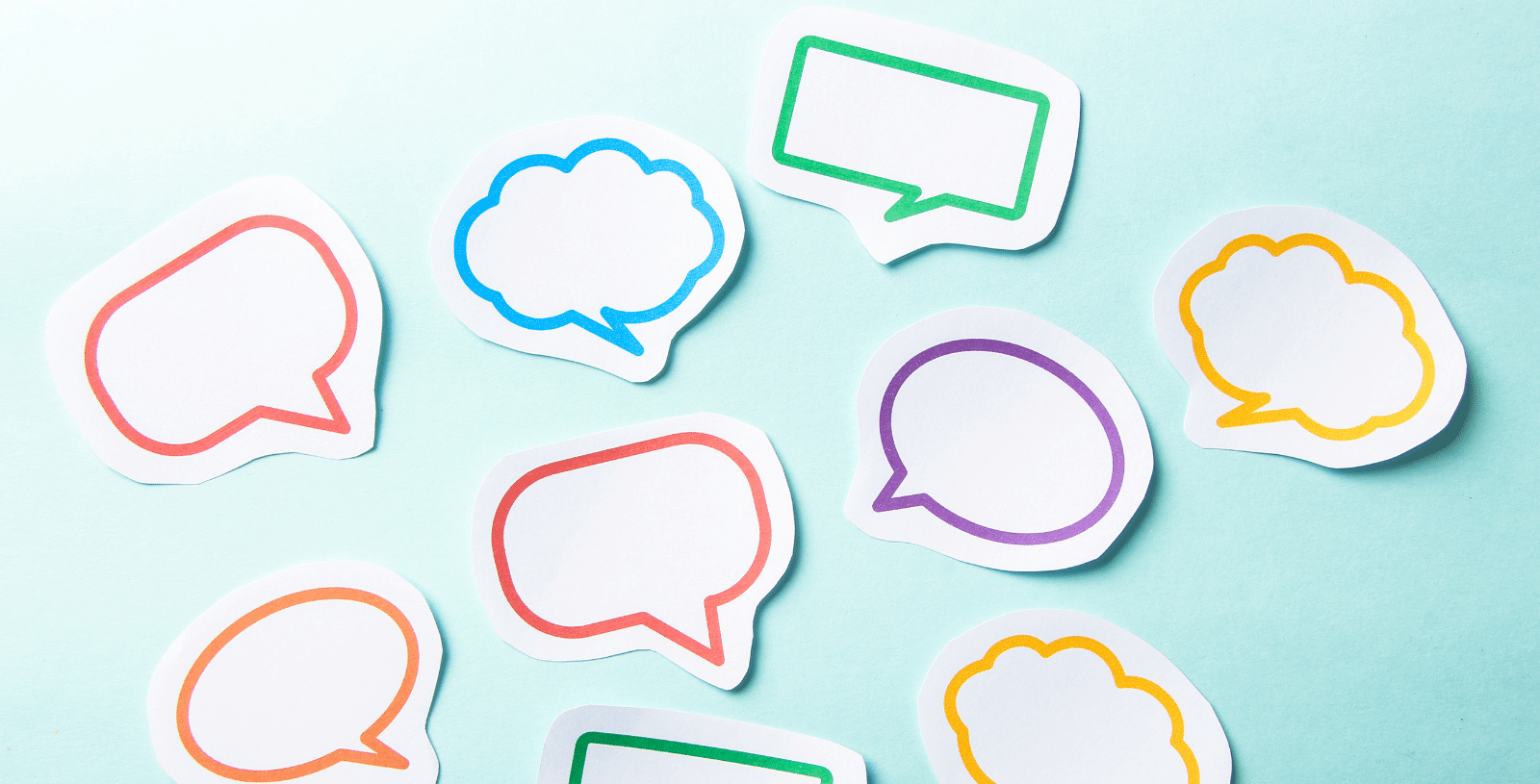Humans, Feelings and AI – Understanding User Intent

Humans, Feelings and AI – Understanding User Intent
What is user intent in AI? By understanding user intents, AI can answer customers questions and share relevant information with them.
Aspect in their study identified that customers rate a chatbot technology on various factors that include friendliness at 65%, ease of use at 65%, speed at 62%, interaction success at 55% and accuracy at 55%. This is possible by defining the user intent in AI.
AI changed the way users search and communicate with a business online. Offering 24*7 connectivity and seamless integration, AI provides excellent support.
For a smooth conversation, the conversational AI should be able to understand the user. Does the AI understand variation in language and feelings?
When human agents interact with clients, it’s sometimes difficult to understand the customer’s questions. That’s why they go through regular training.
Similarly, companies train AI to understand customer’s questions.
Designed for various considerations, right from answering questions to sharing information, the fundamental aspects to consider while creating conversational AI are identifying the users’ intent.
Let us briefly look at what is ‘intent’ in a conversational chatbot and also look at some examples.
What is intent in AI?
What do you expect the conversational AI to do? You want it to answer questions as accurately and quickly as possible. This is possible when the AI understands the customer’s intention behind the question.
This is the first question to ask when you plan to design the user intent in AI. By answering this, it will guide how the platform performs and assists customers.
Uberall suggests that 80% of customers who have used chatbots have rated them with a positive experience. This success in customer experience shows how well the AI is trained on customer intent.
In simple terms, intent refers to the goal that the customer has in his mind while using the chatbot. The AI is designed to understand the customer’s message and then offer the appropriate response.
In other words, AI actively listens to customers and responds accordingly.
Working on a case-to-case basis, the intent-based chatbot is designed on natural language processing (NLP) and natural language understanding (NLU). The identification of the intent is based on the intent classification.
Usually, the most common user intent recognition is grouped in intents. For example, in the eCommerce industry, the intent will be classified as purchase, return, quality, billing, order status, subscribe, information, downgrade, unsubscribe, demo request, etc.
Reasons why user intents are so hard to detect
According to CNBC, 75-90% of the queries are expected to be handled by chatbots by 2022. This clarifies that AI-powered chatbots are one of the primary interaction tools to be adopted in the future.
But designing the intent-based AI can be challenging to some extent. The main challenges that the company may face while creating one are:
1. Natural language is complex
Understanding the natural language is an extensive process that includes understanding voice inputs, the meaning of the words, sentence structure, meaning of sentences, and the context.
Defining the complete basis of understanding the intent is a complex process. In simple terms, for user intent recognition, a series of steps involving in-depth information analysis is a must.
2. Differentiating user intent is difficult
Defining the user intent is useless until the manner to fulfil the intent is identified. Say a user is looking for an apple. The intent is to get information on apple, but one can interpret it as apple the fruit or Apple the product.
A company needs to train the AI with proper classification. One needs to clearly state the intention based on intent classification and diversify the response based on the same.
3. Knowing keywords is imperative
When conversing with conversational AI, or any chat-based service, in that case, users don’t type in complete sentences. Usually, they prefer to use keywords or key phrases. And, in some cases, they use emojis or symbols. Understanding this keyword is not simple.
Sometimes, the system might reject the query based on the lack of identification of the keyword.
4. Multiple ways, same intent
While developing the AI-powered chatbot, the developer can not input all the intents at once. It means there could be hundreds of ways to ask something. For example, to check the order status, the user could ask for an update, where is my order, when will my order reach, etc.
All these reach the single intent of finding the order’s status, which might or might not be accurate. Thus, identifying the same intent by adopting multiple ways is essential.
Why does AI intent matter to customer support?
As per Chatbots Life, the USA, India, Germany, the UK, and Brazil are the top 5 countries to adopt chatbots on a large scale. Also, Drift suggests that 95% of the consumers believe that chatbots will benefit overall customer service.
To meet these expectations, companies cannot rely on simple keyword-based chatbots. They need the power of AI to ensure the customer experience is as smooth as butter.
Understanding user intent with the help of AI helps the business in terms of improved customer service. We list some benefits below.
- Initiates the platform for natural conversation.
- Allows flexibility with the questions asked.
- Holds longer conversations with the customers, keeping them positively engaged.
- Offers the opportunity to take advantage of sales opportunities.
- Helps to scale customer support and, hence, grow the business.
- Simplifies the maintenance and recording of data, ensuring consistency.
- Improves the conversion rate based on the number of satisfying interactions.
- Records data for better insights and statistics.
User intent in AI: the humanistic touch
The user intent in AI offers the advantage of transforming leads into customers. Identifying customer expectations and responding to offers can lead to the development of a satisfied customer base.
Allowing the opportunity to facilitate the basic tasks and services in a timely and qualified manner, an intent-based chatbot is a perfect solution.
In today’s world, people are looking for a personal, human connection. And this is not just limited to using the customer’s name. They are looking for a solution that understands them in the first go.
While business profits from automation, using AI while conversing with users will ensure customers are understood accurately. This will also build a strong relationship with them.
But like anything else, it’s easier said than done. The AI needs training on different intents and variations of intents before it can start conversing naturally.
Verloop.io is one of the best partners that can offer you the seamless and effectively designed user intent in AI to personify the human in terms of feeling and understanding queries.
Our AI has been trained on over 2 billion queries to understand user internet and reply to customers in human-like conversations. The AI is self-learning and can adjust the response based on customers replies.







